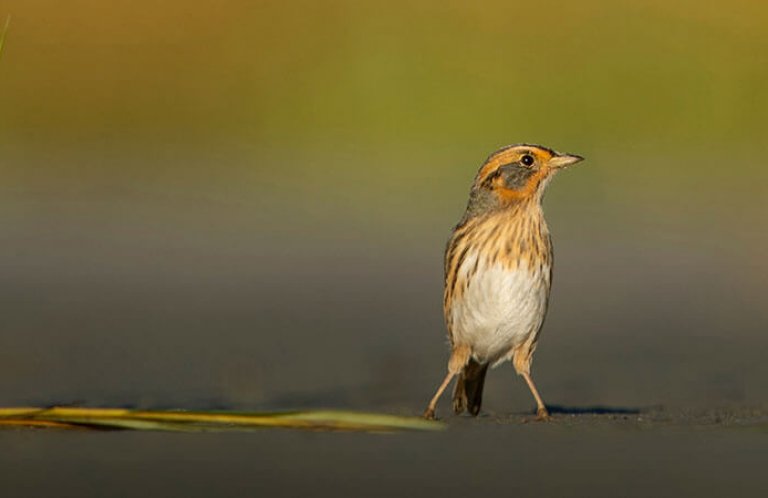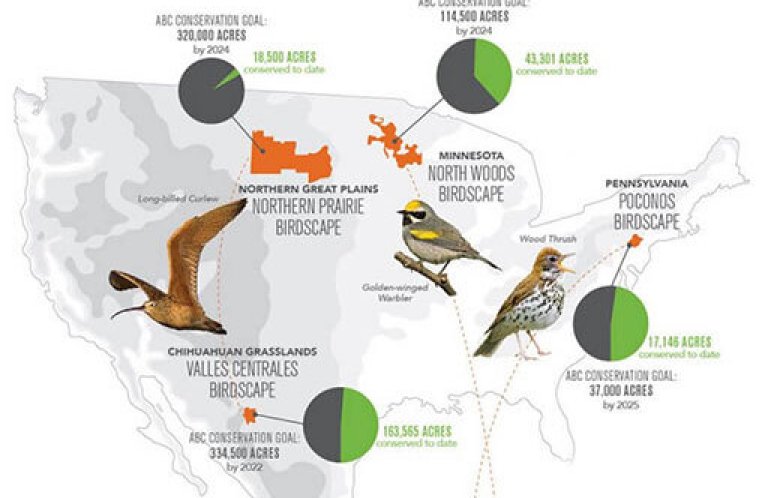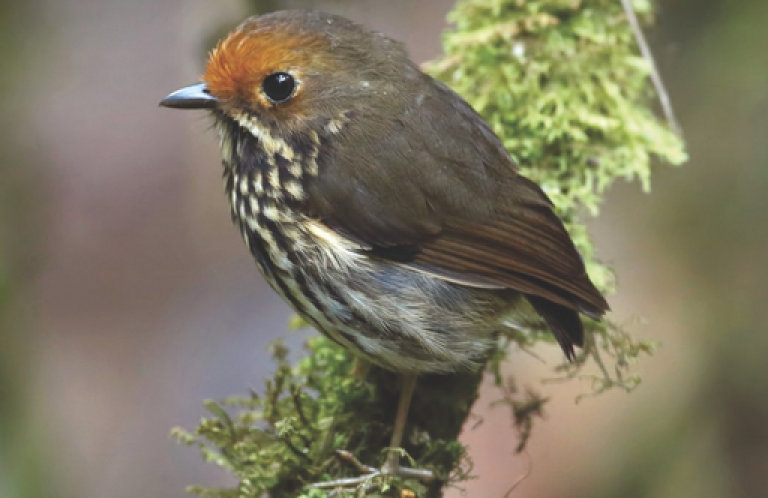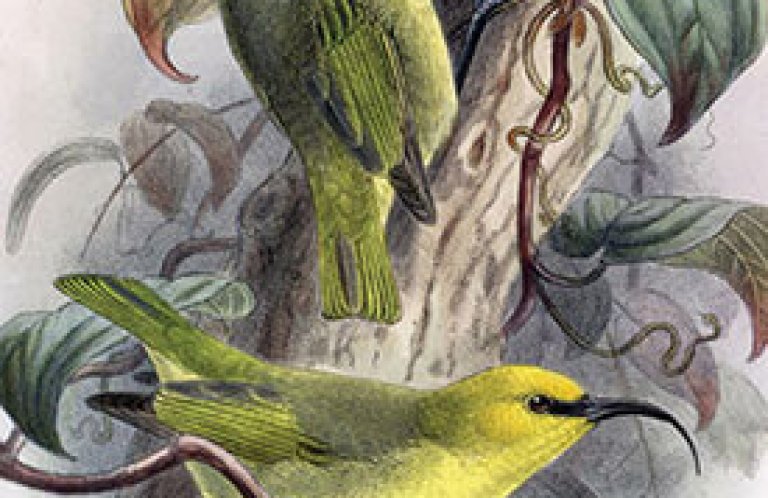An Excerpt from A Wing and a Prayer: The Race to Save our Vanishing Birds
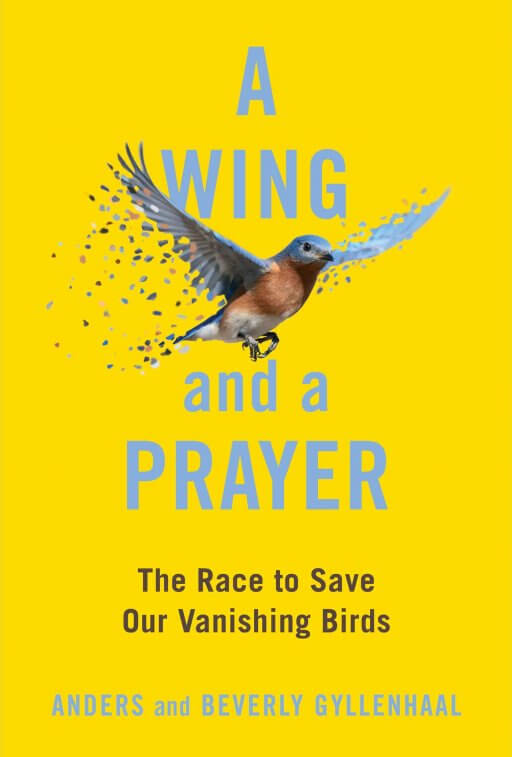
“A Wing and a Prayer: The Race to Save our Vanishing Birds” is a book by Anders and Beverly Gyllenhaal about the story of scientists, nonprofits, wildlife agencies, birders, hunters, ranchers and philanthropists, working to save North America's birds. Anders and Beverly Gyllenhaal traveled 25,000 miles across the hemisphere to visit the projects, rescue missions and experiments, on behalf of birds. They decided to write the book after the 2019 study that documented the seismic and startling loss of nearly 3 billion birds in the United States and Canada. This excerpt reconstructs part of the story about how that research came together. To learn more, visit the Gyllenhaal's website dedicated to the plight of North America's birds.
Anders and Beverly, along with some American Bird Conservancy staff, will be at Politics and Prose in Washington, D.C., on Thursday May 4, at 7 p.m. talking about their travels and book.
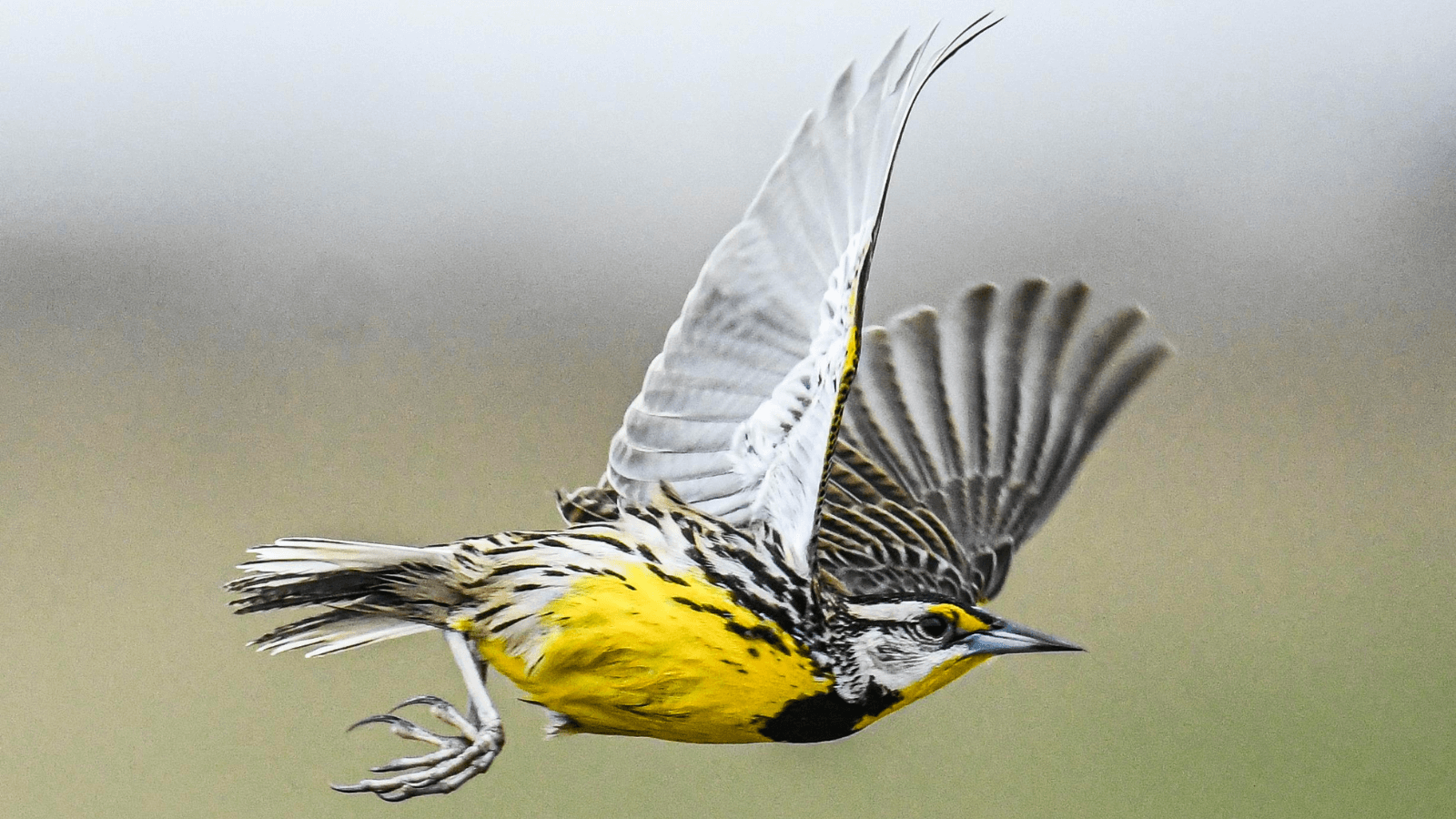
Vanishing by the Billions
Ottawa, Canada
For weeks, Adam Smith had been crunching the raw data from more bird statistics than anyone had ever tried before—thirteen different bird counts and millions of radar sweeps. Suddenly he heard the musical chime that tells him his results are ready. He leaned across his desk, surrounded by enough high-powered computers to heat up his entire office, and stared at what could only be an impossible conclusion: Over the past fifty years, his calculations found, a third of North America's birds had vanished. “Well, that can't be right,” he thought. “I must have made a mistake somewhere.”
Smith, one of the hemisphere's top specialists in bird populations, just sat for a while in his cluttered space at the Canadian Wildlife Service, which was decorated with caribou antlers, a musk-ox skull, and early drawings from his twin boys. Then it dawned on him. “This would be a massive change, an absolutely profound change in the natural system,” he said. “And we weren't even aware of it.”
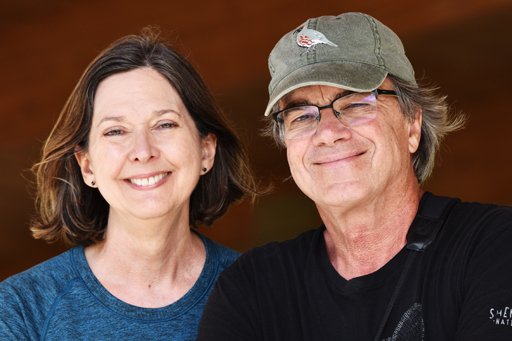
Up until that point, counting the abundance of individual birds throughout the entire continent was impossible. At any given time, many species number in the tens of millions in North America—adding up to billions of birds—and they're constantly on the move. But the science of bird study was advancing, and a close-knit group of scientists was experimenting with using radar imagery, satellite photos, and citizen science to add precision to the dozens of conventional bird counts done for groups of species. The computation Smith had just finished that day in May 2019 combined individual population estimates for 529 bird species, from the most common sparrows and robins to rarities hardly ever seen. When Smith pulled these estimates together and adjusted each for its degree of certainty, the findings came down to a single ski slope of a chart. It showed a precipitous drop in nearly all these species in every part of the continent. At the bottom sat four lone digits—2.913. That's the number of breeding birds in billions that had disappeared since the early 1970s. He had documented an accelerating churn of seasonal losses that had slowly taken their toll on the abundance of birds. And it translated to just short of a third of the adult birds that not long ago filled North America but now were gone.
The hardest hit were grassland birds, down by more than 50 percent, mostly due to the expansion of farms that turn a varied landscape into acres of neat, plowed rows. That equates to 750 million birds, from bright yellow Eastern and Western Meadowlarks with their incessant morning songs to stately Horned Larks with black masks across the male's eyes and tiny hornlike feathers that sometimes stick up from their heads. Forest birds lost a third of their numbers, or 500 million, including the compact, colorful warblers and speckle-breasted Wood Thrushes that sing like flutes. Common backyard birds experienced a seismic decline. That's where the bulk of the loss of abundance occurred, among just twelve families of the best-known birds—including sparrows, blackbirds, starlings, and finches. There's been relatively little research on these species, and there's no sense of urgency when resources are already stretched thin for so many other birds.
The possibility of such losses was too startling to share with his colleagues until Smith checked every step of his calculations, particularly since he'd never attempted this analysis before. “It always takes a couple of times to get these numbers right,” he says. After a day and a half of painstaking scrutiny, Smith realized there was no mistake. “I was speechless. We'd lost almost 30 percent of an entire class of organisms in less than the span of a human lifetime, and we didn't know it.”
Just One Question; Just One Number
Ithaca, New York
Adam Smith's quest for the one big number got its start two years earlier when some of the best minds in bird research gathered at the Cornell Lab of Ornithology in the small upstate New York town of Ithaca. The 90,000-square-foot research center is a global mecca for the study of birds appropriately situated in Sapsucker Woods, an unspoiled sanctuary at the edge of a pond. Nearly everything about the lab is designed around birds, from the abstract birdlike shape of the building to its three-story windows offering the best possible views of the surrounding woods rich with birdlife. It only takes one unusual species to bring even the most serious meeting to a standstill, as everyone lunges for the binoculars waiting along every windowsill.
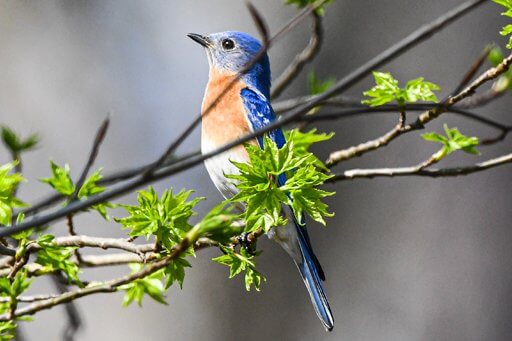
The lab is also a draw for ordinary birders who flock here from all over the world, reverently lining up for tours or spending time at the many scopes set up throughout the two-story, paned-glass lobby. Whether you're entering the building for a tour or coming to research bird populations, the first thing you see is a floor-to-ceiling mural of all the world's current and extinct bird families. Behind a locked door on the first floor, seven-foot-tall towers of drawers hold more than 60,000 specimens of existing and extinct species collected from around the world dating back to 1831. Down the hall, the K. Lisa Yang Center for Conservation Bioacoustics has gathered so many digital graphs of bird songs—millions of files that capture sounds for two thirds of the world's roughly 11,000 species—that the lab is always looking for the latest cloud solutions to hold them all. The lab's Macaulay Library houses 38 million bird photos, 235,000 videos, and a million bird song recordings. The lab's research, images, and data have helped make birds the most studied slice of wildlife on earth.
But when three dozen scientists from research centers, federal agencies, and nonprofits in the United States and Canada gathered at Cornell in July 2017, the focus was on what they didn't know. The scientists meet each year as part of a cooperative nonprofit called Partners in Flight that pulls together bird researchers to tackle a running list of scientific quandaries. For years they'd been working on how to make the most of rapid advances in a profession that's hardly recognizable from when many of them began their careers. In those early days, research was largely limited to what ornithologists could see, hear, and jot down while observing birds in their natural environments.
Now their ranks include ecologists, biostatisticians, computer scientists, and acoustic engineers using fresh technologies for tracking and studying birds and bringing together evidence of dramatic shifts in the avian landscape. Partners in Flight built a color-coded watch list of species in varying degrees of trouble. During that July conference, the prestigious core group known as the Partners in Flight Science Committee spent days struggling to refine the ways they count individuals in each specific species. It's not enough to know how many sparrows there are, for example, because more than forty varieties live in North America— White-throated, Chipping, Lincoln's, and so on—each with a distinct place in the natural kingdom.
Then toward the end of the third day, the discussion took an abrupt turn with just one question, posed by an outsider—a nonprofit executive without any sort of degree in bird biology. “Exactly how many birds have we lost altogether?” Mike Parr asked. “Can we put a precise number on it?”
Parr had just been promoted to president of the American Bird Conservancy (ABC), a nonprofit based in the suburbs of Washington, D.C., that funds research, promotes on-the-ground conservation of the hemisphere's most threatened birds, and lobbies Congress. Parr was invited to stop in on the gathering by Ken Rosenberg, a conservation scientist and the country's leading expert in bird populations whose position was jointly funded by ABC and the Cornell Lab. “Mike was really pushing us,” recalls Rosenberg. “Were there actually fewer birds today? We didn't know the answer to that.”
How Long Can Birds Wait?
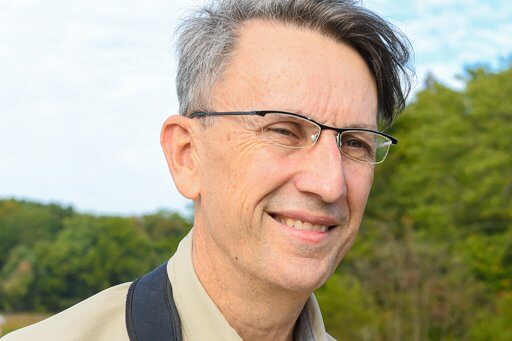
Mike Parr has never been shy about speaking his mind. Born in Liverpool about the time the Beatles rose to fame, he was captivated in primary school by the birds in his neighborhood, an instant fascination that has endured to this day. Among his prized possessions as a youngster were collections of old bird eggs and stuffed hummingbirds his parents found at a flea market. Just a few years later, he was hounding his teachers to take him birding at nearby preserves. “It was my sole, complete obsession by the age of fifteen,” he says during an afternoon of birding in a park outside Washington. If you're talking with Parr anywhere and he hears a bird, throwing out the ID is his reflex response. “There's a titmouse,” he says, then picks up right where he left off as we walk the trails.
Before college he set off alone to travel the world and chase birds. Unlike most of his colleagues today, Parr was never drawn to the advanced degrees common in the field. Instead, he made his way on his persistent curiosity and outgoing nature, qualities that helped him land his first job in the field with the global nonprofit BirdLife International in Cambridge, England, which eventually led him to the United States and the American Bird Conservancy. Parr worked for the organization for twenty years, finally as head of programs and communications. Since 2017 when Parr took the helm as ABC's second president, the annual budget has doubled. “It's great to have a load of ideas but if you can't pay for them, they remain on the drawing board,” he says. Parr decided bird nonprofits needed to do more to communicate their mission. Despite all the knowledge collected on birds, Parr believed that he and his peers offered a muddled picture of their status.
“I felt that we as a community hadn't communicated the seriousness of the problem,” Parr says. “People would say, ‘What's going on with birds?' And the answer would be, well, some are declining, some aren't, some are about the same. By the time you've said all that, you've lost everybody. We did know, we just hadn't figured out how to answer the question properly.”
Parr also worries that scientists—particularly the academic segment that controls much of bird research—seem content to study the problems for too long before taking action. “We can't afford to wait for perfect science to do things. If we just study things, we'll study them into extinction. So, I say let's do what we think is best now.” Parr hoped coming up with the total change in bird population for the first time would make a difference. “I thought one way to make the case would simply be to figure out the essence of the problem. How many birds do we have versus how many we had before?”
Parr's perspective wasn't all that welcomed that day at Cornell. Tom Will, a longtime Fish and Wildlife biologist in the division of migratory birds, picked up some resentment when Parr started talking. “A number of us in that room were skeptical,” Will says. “Here's Mike giving us a challenge, you know, while we've been around for twenty years.” But Parr's question had already crossed the minds of others in the room, and a couple of the statisticians among them had done some preliminary work on calculating broad population numbers.
The challenge of calculating an exact number got them all talking. “I remember somebody said, ‘I think we've got fewer,' ” Parr recalls. “And a couple of other people said they weren't sure. I think somebody else said that it's about the same, but they weren't sure either.” Adriaan Dokter, one of the world's experts on the use of radar to study birds, said the challenge was as basic as it was compelling: “It's such a simple question that you think, okay, we must know that. But nobody ever looked at that. Overall, have the birds declined or not?”
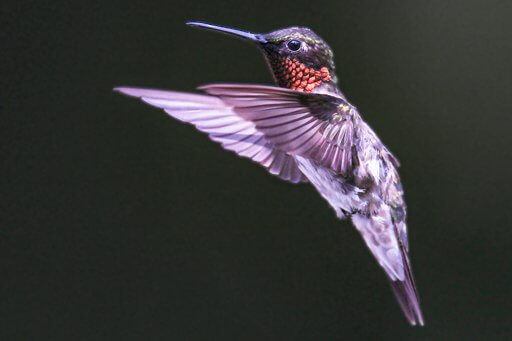
When the day ended, the group agreed to see if they could indeed come up with a definitive tally on 529 species that represent the core of the North American breeding bird landscape. The first step was to collect all the existing data, which was spread among a dozen different censuses, some done by regions, and others broken down by species types such as ducks, raptors, songbirds, and shorebirds, much of it collected over decades of counts. The data was so extensive, the project was a perfect fit for the big data computing that's developed in parallel fields of business, engineering, and medicine to mine a wide landscape of data and make calculations.
Then they used a secret sauce to check the findings with a new technology more precise than the annual bird counts: weather radar records that can be filtered to count birds as they fly. The radar, recorded by 143 state-of-the-art stations around the United States, is designed to capture high- and low-pressure zones, rainfall amounts, and wind speed. But images of birds show up, too, even at night when much of the migration flights occur. After the last decade's worth of archival records were released to the public in digital form for the first time in 2015, the data added a new level of confidence to counts for the most recent years. Dokter, the global radar expert now working at the Cornell Lab, spent months layering in the additional data. “It matched perfectly,” he says.
In the spring of 2019, Adam Smith, the Canadian biostatistician whose role it was to pull all the data sources together for analysis, finally heard that chime on his computer with the results. He sent out an email with two graphics attached. One showed the historical bird populations for each of the major land types on the continent, with a slight increase for wetland birds and declining numbers for nearly everything else. Then he built a single graph revealing that the collective losses totaled 2.9 billion birds. “It was a eureka moment,” he says.
The results blindsided even those who'd tracked populations their entire professional lives. Dozens of back-and-forth emails from that year provide a glimpse of the complexity of this undertaking. The messages run for pages with scientific discussions about how to make the data foolproof. And every so often there are comments showing the best minds of the bird world pausing to contemplate the magnitude of the grim evidence taking shape. “Very shocking,” wrote Dokter in an email at one point. “Sobering,” Mike Parr messaged the entire group. “Extremely sobering.”
“A Defining Environmental Challenge”
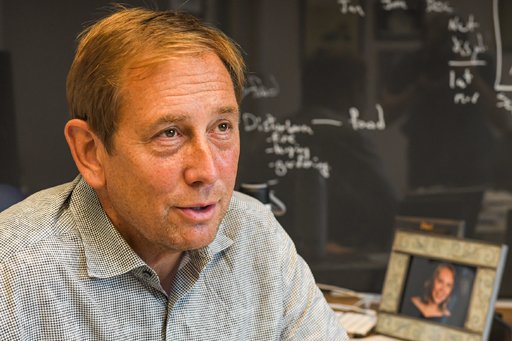
As soon as Pete Marra heard about the scale of the losses, he got on the phone to Ken Rosenberg. The two had met in college and became close friends over the years. “We've got to get this into Science,” Marra said. He was talking about the premier academic journal and by far the hardest from which to win acceptance. “It's going to change the way we look at this,” he insisted.
Marra wasn't part of the Cornell gathering, but he was head of the Smithsonian Migratory Bird Center in Washington, D.C., and had worked with birds his entire career. He immediately pitched in with Rosenberg on the next step: turning these numbers into a narrative for the journal in order to present their findings in a venue that would demand public attention. “It's important to get this published where it has credibility,” he said.
Marra is a workhorse, which dates back to his upbringing in a broken home. He was raised in part by a harsh grandfather for whom he's thankful for at least one thing: “He did teach me to work hard.” Marra escaped from his tumultuous home life to a nearby nature center, where he fell for birds and began taking on research assignments in the summer throughout his school years. By the time he finished his PhD, Marra was in demand as a researcher and he quickly landed a job at the Smithsonian. In 2019, while working with Rosenberg on their paper, he joined Georgetown University as director of the university's new school on the environment.
The day we visit Marra at Georgetown, he's just returned from a work trip to Greece and will soon be headed off for meetings in Western Canada. Deep circles under his eyes betray the pace he keeps—so hectic that it worries his close friends. But Marra says he's happiest when he's busy like this. “I never sleep much,” he says. “I just want to be working.” The evidence is spread around his office. Photos of his worldwide research trips decorate the walls. Framed covers of stories he's written for academic journals run across one side of the room like trophies.
As a draft for Science came together, Marra and Rosenberg added a rich library of background data, graphs, charts, and spreadsheets to anticipate the questions the report was likely to face. The report was a blend of scientific terms and sweeping conclusions. “Slowing the loss of biodiversity is one of the defining environmental challenges of the 21st Century,” they wrote.
Once the editors at Science agreed to publish the Three Billion Bird paper, a new question arose: What would it take to grab—and keep— public attention? The importance and difficulty of capitalizing on the moment was obvious to everyone. So, in the months before the release of the Science report, the expanded team of contributors turned to a PhD biologist who'd switched to a career in science writing at the Cornell Lab. If anyone could figure out how to make the message stick, they decided, it would be Miyoko Chu.
Hashtag #BringBirdsBack
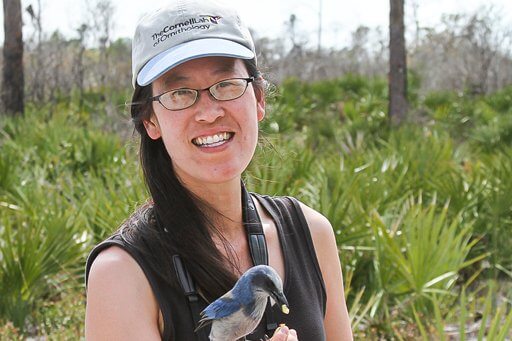
There weren't many birds in the San Francisco neighborhood where Chu grew up. But one day her family traveled to the city's Chinatown, where they came upon poultry trucks selling live pigeons for food. “I started to cry,” Chu remembers. “Right on the spot, my dad, who had raised pigeons as a boy in Shanghai, forked out $2 apiece for several of them.” He tied up their feet, Chu says, put them in a bag, went home, and built a pigeon coop.
Chu didn't watch her birds from a distance. She climbed right in and sidled up to them. “So I used to sit inside the coop. They were not tame in the beginning, but over time they came to really just trust me, as if I was another pigeon. And so I could see everything close up, all the courting and the mating, the egg laying, raising their young. It was a complete front-row seat, and I could even reach in there and touch the nestlings. That was how my interest in birds started.”
Chu set out to be a biologist, working her way through grad school and eventually completing a PhD. But she had always loved writing about birds as much as researching them. When she started a family, the demands of field-work—from rattlesnake and bobcat encounters to long days in the wilderness—pushed her toward writing. She joined the Cornell Lab and eventually took over its communications department. In a field where scientific jargon is an occupational hazard, Chu is a thoughtful interpreter for the lab. But the all-out effort the Science paper would require was something else altogether, and the stakes had never been higher. Here was a chance to finally do something else that had never been done before: get people to care.
During the year her colleagues were perfecting the Science paper, Chu pulled together a team to figure out the best way to get a broader audience to understand the plight of birds and explain the impact birds have on people in their daily lives. For years, the Cornell staff believed that the birds themselves could make that case. That may be true for a segment of the public, but most people don't pay much attention to birds and know little about them.
In the end, Chu's team let the numbers do the talking. They built a website called 3Billionbirds.org. Click and you see a meadowlark dissolving in a cascade of feathers and the headline “3 Billion Birds Gone.” Underneath that: “Together we can bring them back.” And then the kicker: “Birds are telling us we must act now to ensure our planet can sustain wildlife and people.”
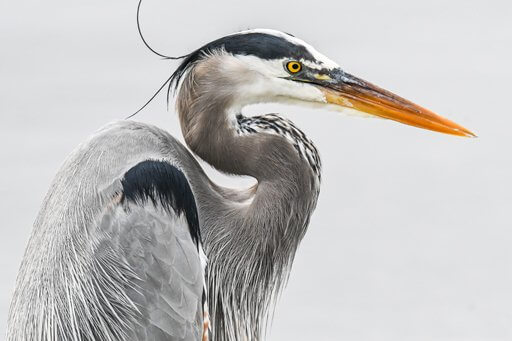
When Science published the report on September 19, 2019, the news ran on front pages around the country, at the top of newscasts on television and cable networks, on radio stations and throughout social media. The headlines were bold and succinct. “Birds Are Vanishing from North America,” said The New York Times, with the first sentence, “The skies are emptying out.” NBC News reported: “U.S. and Canada have lost 3 billion birds since 1970. Scientists say ‘Nature is Unraveling.' ” Overall, the campaign got more than 25 million search results on Google.
Gradually over the course of the announcement day, it became clear just how broad the reach was turning out to be. Mike Parr was in Monterey, California, for an American Bird Conservancy board meeting, and midway through the afternoon, he stepped out to do an interview with a foreign publication. He saw Ken Rosenberg pull up, and when he opened the door, he realized that Rosenberg's voice was on the car radio in an interview. “Ken was driving the car, and he was on the radio at the same time,” Parr says. “I'm like, ‘Oh, this is big.' ” Parr lingered outside, intently watching the bay, when a man walked by and paused. In his typical outgoing fashion, Parr started up a conversation and pointed to some birds a few yards away. “I said, ‘Those are Brandt's Cormorants.' And the guy said, ‘Yeah, the birds. I was just hearing about this today. It was in The New York Times. There's a big problem with birds, isn't there?' And then I knew. We'd broken through.”
Another Silent Spring
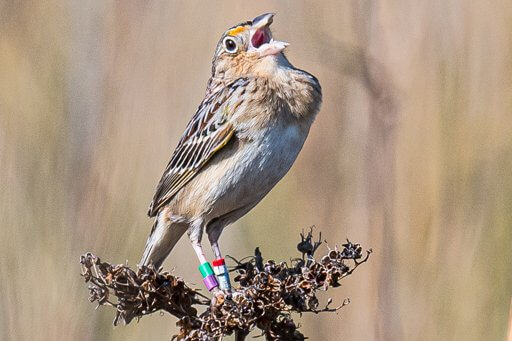
This isn't the first time the future of North America's birds have been cast into jeopardy. In 1962, Rachel Carson published Silent Spring, her landmark book that documented the devastating impacts of the overuse of pesticides on birds like eagles and pelicans. A shy, gentle introvert with thick black glasses and a background in marine biology, Carson spent five years building her case: that the nation was poisoning its wildlife, plants, soil, and people to rid itself of insects. “How could intelligent beings seek to control a few unwanted species by a method that contaminated the entire environment?” she wrote. “But this is precisely what we have done.” Carson used birds as a core messenger in her book, whose title referred to the silencing of bird songs in a portrait of desolation she painted in the opening chapter. Serialized in The New Yorker, Silent Spring was a bestseller before it even reached bookstores, prompting a flood of outrage from readers—as well as criticism.
The chemical industry in particular vilified and parodied Carson. But she had spent years as a biologist for the U.S. Fish and Wildlife Service and had utter command of the science—plus a level of fortitude unknown publicly at the time. While she was pushing to finish her book and then taking on public demands, including nationwide speeches and
testimony before Congress, Carson was dying of breast cancer. She passed away two years after her book came out, and never knew the lasting impact of her work. It led to the banning of dichloro-diphenyl- trichloroethane, or DDT, the insecticide with the most impact on birds. The Environmental Protection Agency and Endangered Species Act were both put into place in the early 1970s in response to her book, which also helped ignite the modern environmental movement.
Now, scientists behind the Three Billion Bird discovery are hoping their study will prompt a similar response. “I do think this could be the next Silent Spring,” says Marra. Ken Rosenberg goes further: “Silent Spring changed the playing field. It changed the way people thought about conservation. That's what Three Billion Birds is actually doing.” The jury's still out. The forces working against birds are more varied and complex today, starting with political divisions that make anything like the congressional action that followed Silent Spring unlikely. On the other hand, change didn't come quickly back then, either. It took another eleven years for Congress to pass the Endangered Species Act and eight years to launch the Environmental Protection Agency.
The infrastructure devoted to birds is also far more extensive today. The Fish and Wildlife Service, headquartered in a marble, fortress-like building off Constitution Avenue, has a staff of 9,000 around the country overseeing America's wildlife. With a massive load to manage and not nearly enough funding, the Fish and Wildlife Service is a big ship to steer. The service, housed under the Interior Department, is one of nine federal agencies with substantial roles in helping or researching birds, including the Departments of Defense and Agriculture. All fifty states each have their own wildlife agencies as well. There are four major nonprofits concentrating on birds—Audubon, the Cornell Lab, American Bird Conservancy, and Ducks Unlimited. Audubon has the largest membership at two million, and Ducks Unlimited is the wealthiest, with annual revenues over $340 million and 700,000 members. All these nonprofits are targeted and aggressive in their approaches to conservation, especially when they combine forces.
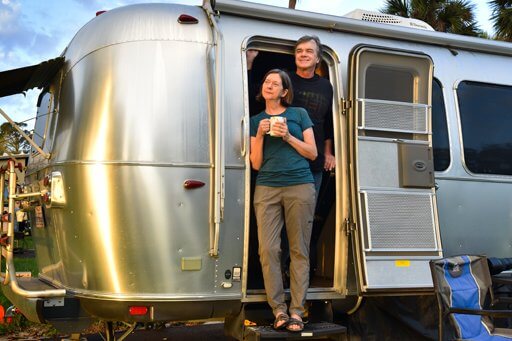
The other major difference between now and 1962 is the amount of time troubled bird species may have left. Many are approaching fragile territory—or soon will be, according to the Science report data. A consensus is emerging that the next decade alone will likely determine whether the downturns can be reversed—or halted, at least, in the more difficult cases. When Ian Owens, who took over as executive director of the Cornell Lab in 2021, discusses the urgency he feels, he lobs the question back to us: “How long do you think we've got?” We share what we've heard in most interviews, that progress must come within five years, and the next decade will be critical. “Yeah, that's about right,” he says. Elizabeth Gray, chief executive officer at the Audubon Society, sees it the same way. “I would say we have a decade to get this right,” she estimates. “We have to have a significant turnaround, or I think we will be past the point of no return.”
From A WING AND A PRAYER: The Race to Save Our Vanishing Birds by Anders and Beverly Gyllenhaal. Copyright © 2023 by Anders Gyllenhaal and Beverly Gyllenhaal. Reprinted by permission of Simon & Schuster, Inc.





































